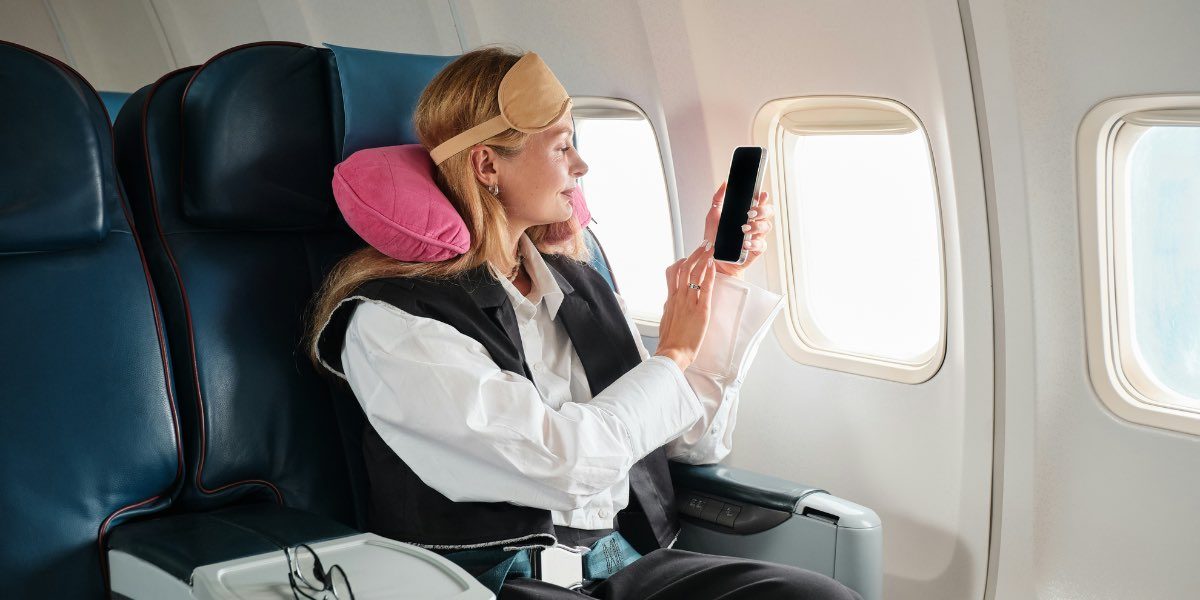Cheap airlines have made air travel more accessible, offering lower fares that appeal to travelers looking to save money. These carriers often operate with a different pricing model, allowing passengers to pay only for the services they need. While this flexibility can lead to significant savings, the trade-offs vary depending on the route, travel preferences, and expectations. Some travelers appreciate the affordability, while others find the experience challenging due to added fees, seating arrangements, and airport logistics. Understanding these factors helps determine whether budget airlines align with individual travel needs.
Read also: Essential Items to Pack When Traveling Abroad
How Do Budget Airlines Keep Costs Low?
Budget airlines focus on efficiency, minimizing operational expenses to offer lower base fares. One way they achieve this is through unbundled pricing, where passengers purchase only the services they want rather than receiving them as part of a standard ticket. While this model benefits those traveling light, additional costs for checked baggage, carry-ons, seat selection, and in-flight services can add up.
Seating configurations also contribute to cost savings. By maximizing capacity, budget airlines often fit more passengers per flight than full-service carriers. This can result in less legroom and narrower seats, a factor that may be noticeable on longer journeys. Some airlines offer premium seating options for an added fee, allowing passengers to choose extra legroom or priority boarding if desired.
Many budget airlines operate out of secondary airports, which have lower landing fees than major hubs. While this reduces operational costs, travelers may need to account for additional time and transportation expenses if the airport is farther from their destination. Checking the departure and arrival locations ahead of time provides a clearer picture of the overall travel itinerary.
What Is the Passenger Experience Like?
The onboard experience varies depending on the airline and route. Some budget carriers offer newer aircraft with modern seating, while others focus primarily on functionality.
Seats on budget airlines tend to be designed for efficiency rather than comfort. Most do not recline, and tray tables may be smaller than those found on traditional airlines. On shorter flights, these adjustments may not be noticeable, but for trips lasting several hours, passengers may find themselves looking for ways to stay comfortable.
Food and beverages are typically not included in the ticket price, requiring passengers to purchase meals or snacks onboard. Many airlines now offer digital ordering systems, allowing passengers to select and pay for refreshments from their seats. Bringing personal snacks and a refillable water bottle can help travelers manage costs while ensuring access to preferred options.
Inflight entertainment varies by airline. Some provide streaming services accessible via personal devices, while others do not offer onboard entertainment at all. Those who prefer a distraction during the flight may want to download movies, audiobooks, or music ahead of time.
Are There Hidden Costs to Consider?
While budget airlines advertise low fares, additional fees can affect the overall cost of a trip. Baggage fees are among the most common extra charges, with some airlines allowing only a small personal item for free. Carry-on luggage and checked bags typically require an additional payment, with prices increasing if purchased at the airport rather than online in advance.
Seat selection fees can also surprise travelers who assume they will be assigned a seat at no charge. Many budget airlines randomly assign seats unless a specific one is selected for a fee. For solo travelers, this may not be a concern, but those flying with family or friends may prefer to choose seats together.
Budget airlines often have strict policies regarding flight changes and cancellations. While some airlines allow modifications for an additional fee, others may require passengers to book a new ticket if they miss their flight. Travelers with uncertain schedules may find that the flexibility of a full-service airline better suits their needs.
Some budget airlines operate with fewer daily flights on certain routes, meaning that if a flight is delayed or canceled, rebooking options may be more limited. Checking the airline’s policy on delays and alternative flights can help travelers plan accordingly.
When Does Flying with a Budget Airline Make Sense?
Budget airlines can be a practical option when affordability is the top priority. Those taking short-haul flights may find that the lack of extra services has little impact on the overall experience. For domestic travel or quick weekend trips, the ability to reach a destination at a lower cost may outweigh considerations of legroom or onboard amenities.
Passengers who are flexible with travel dates often find better deals with budget carriers. Midweek flights and off-peak seasons typically offer the lowest fares, allowing travelers to take advantage of cost savings when their schedules allow.
For those with minimal baggage and no need for extra services, budget airlines provide a way to fly at a reduced cost. Packing within the airline’s free baggage allowance, skipping seat selection fees, and bringing snacks can help keep travel expenses low.
On the other hand, travelers with tight schedules, multiple connections, or a preference for added comfort may find traditional airlines a better fit. When factoring in baggage fees, transportation to secondary airports, and seating arrangements, the price difference between a budget airline and a full-service carrier may be smaller than it appears at first glance.
Read also: Exploring the Benefits of Solo Travel: Why You Should Try It At Least Once
Is the Savings Worth the Trade-Off?
Choosing between comfort and cost depends on travel preferences, trip length, and expectations. Budget airlines offer an opportunity to reach destinations at lower prices, but understanding the potential trade-offs helps travelers make informed decisions. Those who plan ahead and are prepared for the airline’s policies often find the savings worthwhile. Others may determine that the additional fees and limited amenities do not align with their travel priorities.
For some, the simplicity of a traditional airline justifies the extra expense, while for others, the ability to customize services makes budget airlines an appealing option. Evaluating total costs—including luggage, seat selection, airport location, and onboard purchases—provides a clearer perspective on whether a budget airline is the best choice for a given trip.







